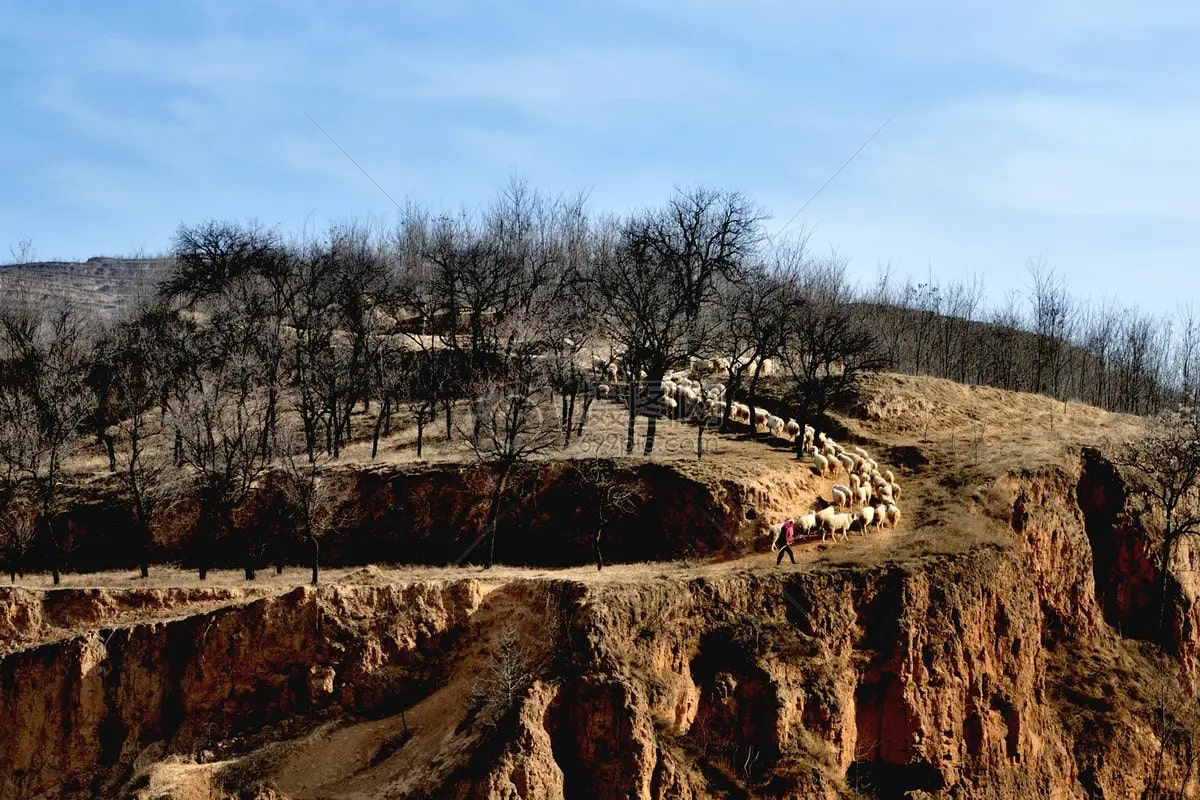
Gansu Qingyang Travel Guide
Qingyang is a prefecture level city under the jurisdiction of Gansu Province, the chemical base of petroleum and natural gas in Gansu Province and the main production area of Changqing Oilfield. It has jurisdiction over 1 district and 7 counties with a permanent population of 2,179,716. Qingyang City was a scattered and mixed area of ethnic minorities in history. There are 29 ethnic minorities, including Hui, Tibetan and Manchu, with Hui as the main minority.
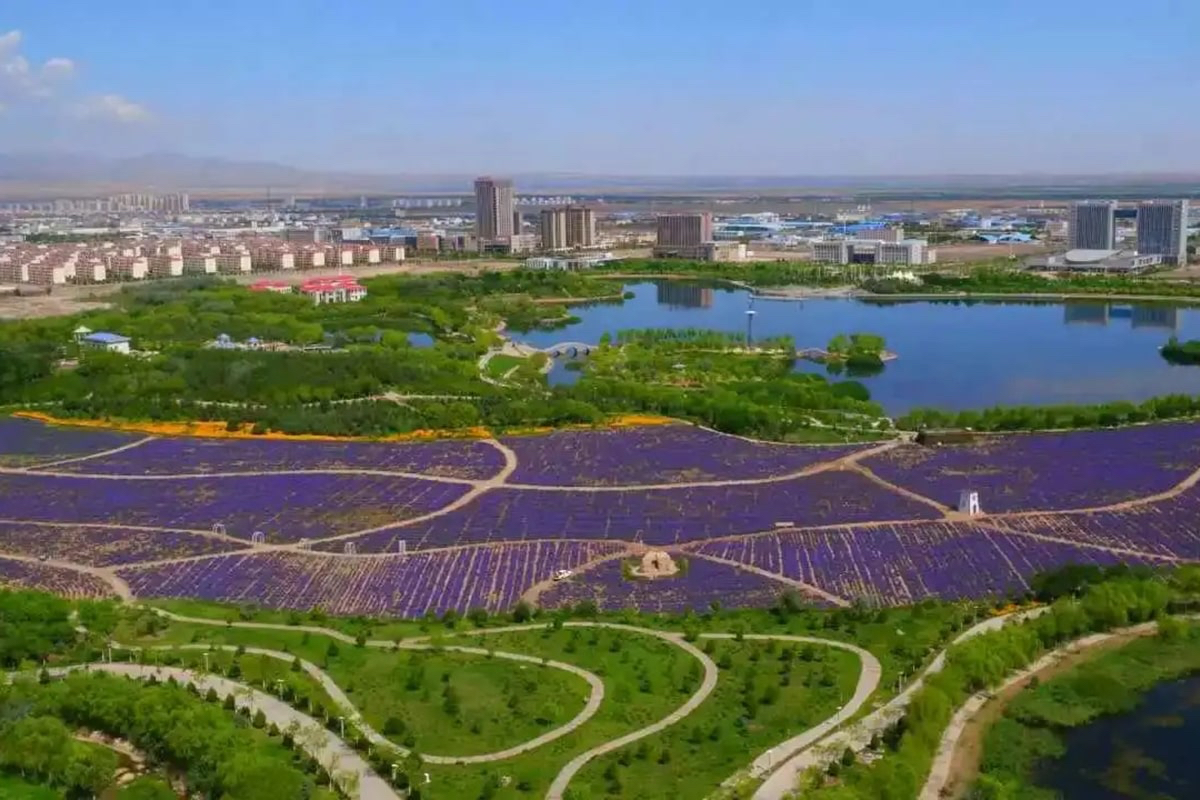
Gansu Jinchang Travel Guide
Jinchang is a prefecture level city under the jurisdiction of Gansu Province, an important node city on the ancient Silk Road and one of the main cities in Hexi Corridor. The city was set up because of the rich nickel known as the "Nickel Capital of China". It has jurisdiction over 1 district and 1 county with a total area of 9,593 square kilometers and a resident population of 438,026.
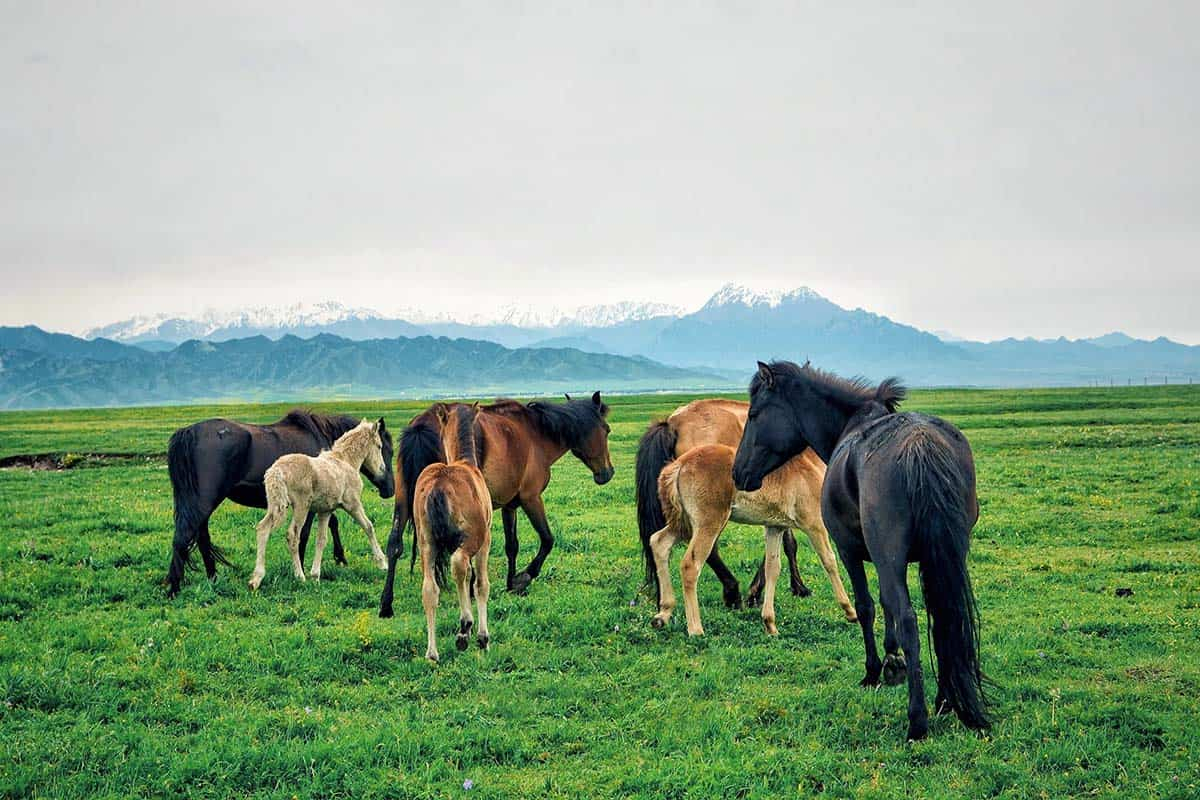
Shandan Military Horse-breeding Farm
Thanks to the flat land as well as the abundant water and grass resources. Shandan Farm is an ideal location for horse breeding and raising, and an ideal place for horses to multiply and grow. It is As early as 3,000 years ago, horses have been raised here.
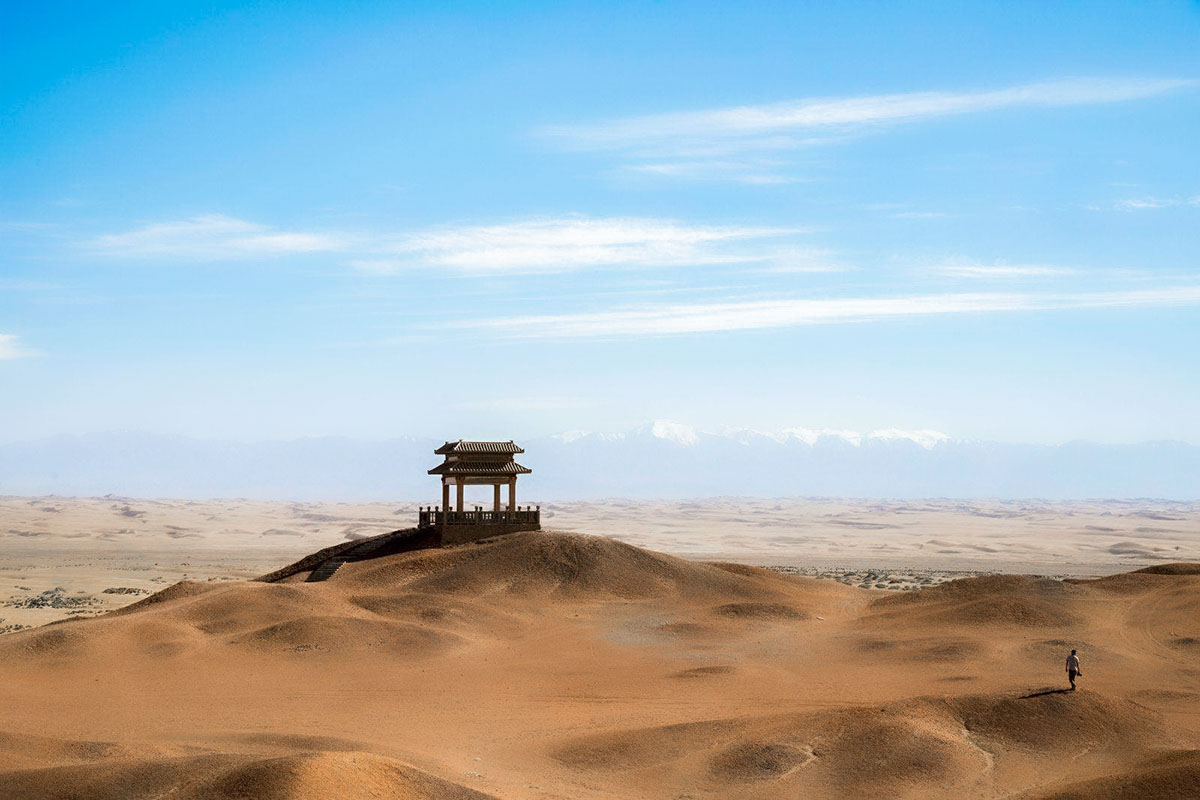
Yangguan Pass
Yangguan, an important pass for the Han Dynasty to defend against the invasion of nomads in the northwest and also an important gateway on the Silk Road from the Central Plains to the Western Regions and Central Asia. Take the river as a natural barrier, echoing Yumen Pass in the north.
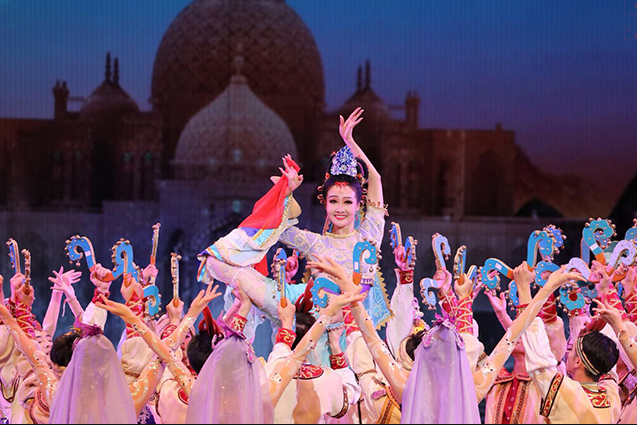
Encore Dunhuang performance
This performance is a reappearance of dunhuang's extensive and profound oriental charm art after thousands of years of sleep. She takes you through thousands of years to understand the context, historical changes and cultural heritage of the Silk Road.
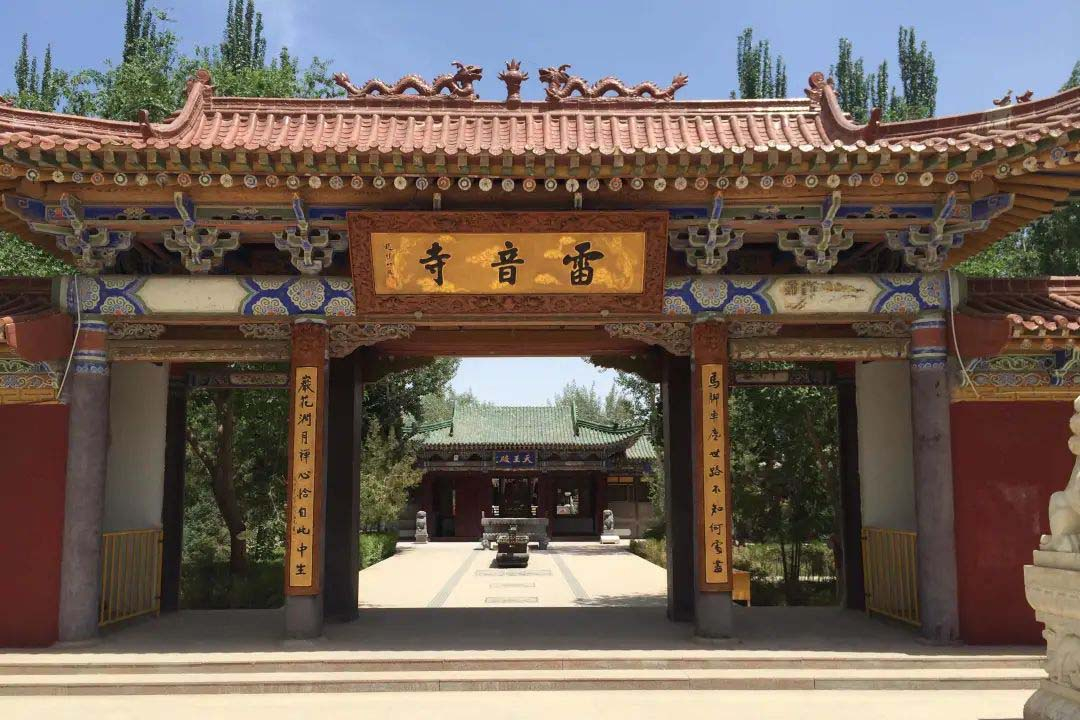
Leiyin Temple
There are 37 statues of Buddha, Bodhisattva, Arhat and disciples. Among them, Daxiong Treasure Hall is the main hall. In the centre of the hall is a white jade Buddha statue from the Han Dynasty.
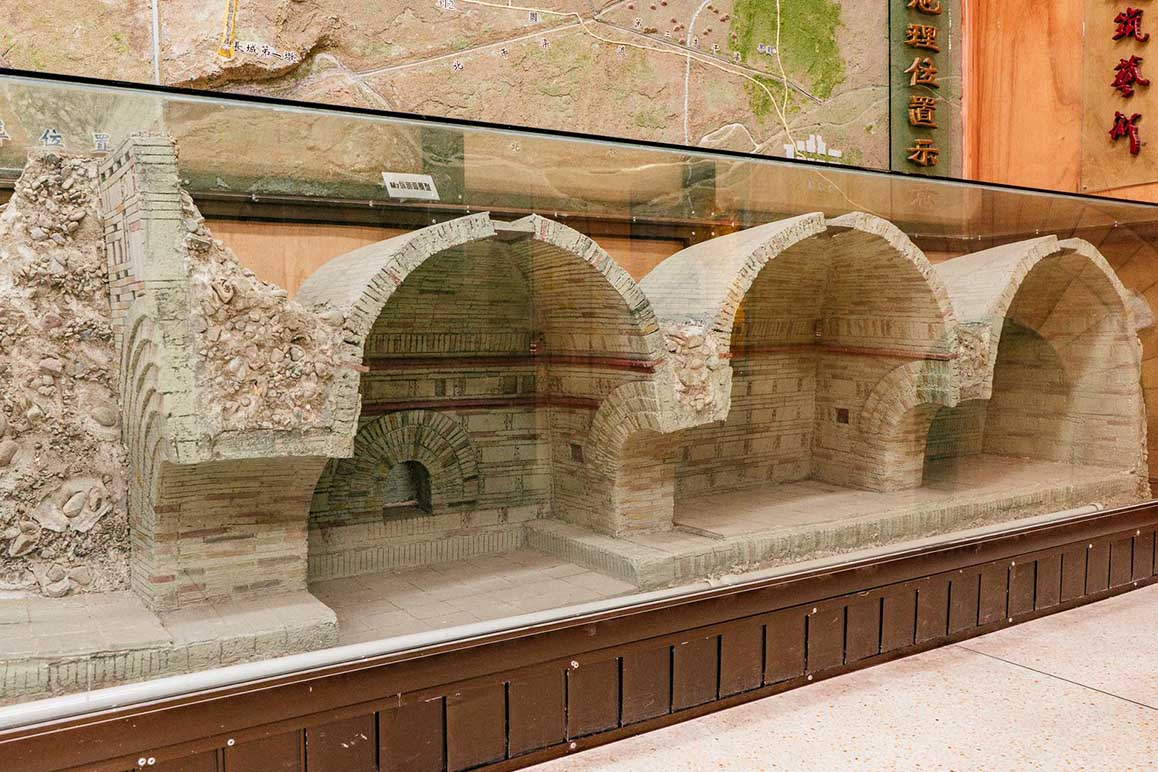
Wei and Jin Dynasty Mural Tombs in Xincheng Town
The nine tombs have more than 600 colored paintings on the bricks. Brick paintings have almost all scenes from real life, including farming, hunting, animal husbandry, egressing, dancing, cooking, feasting, military training and so on.

Leitai Han Tomb
Leitai Han Tomb was built in the late Eastern Han Dynasty. Lei Tai was a place to worship the God of Thunder in ancient times, It is famous for the unearthed Chinese tourism symbol, the bronze statue of Galloping Horse Treading on a Flying Swallow.
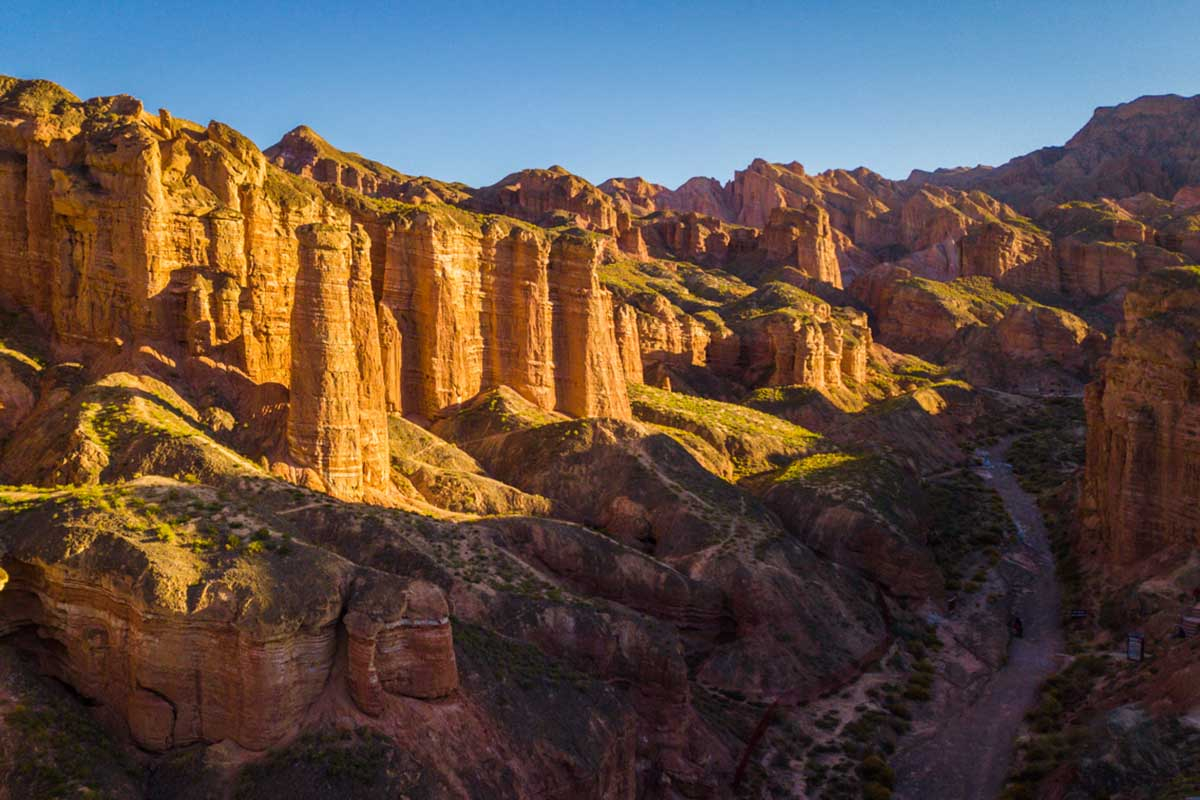
Bingou Danxia Landscape Scenic Spot
Geologists believe that danxia are formed as a result of movement in the earth’s crust. This makes rock layers appear in different colors, textures, shapes, sizes and patterns.
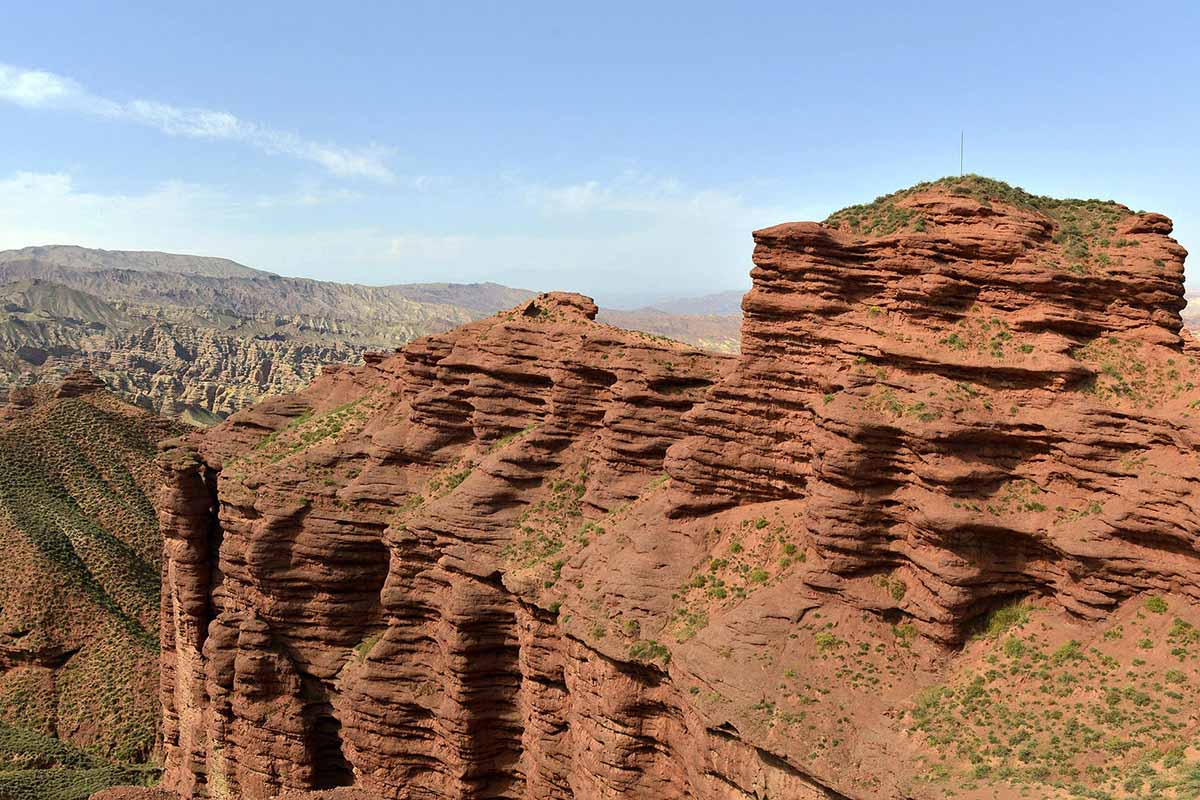
Pingshanhu Grand Canyon
These lands consist of red sandstone developed between Jurassic and Cenozoic era. The landscape came in different shapes and sizes with valleys stretching 2-15 km in width. North bank of the valley is higher then the south bank. This curvaceous landscape is the product of tectonic movement and erosions caused by wind, water and chemicals.
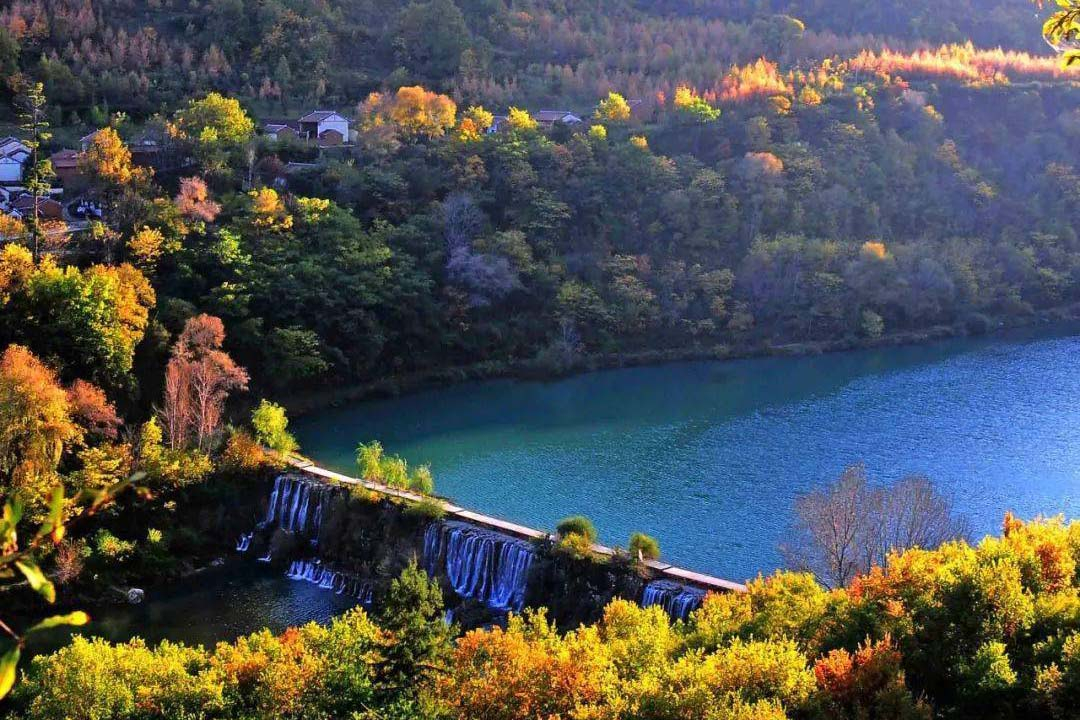
Guan’e gou National Forest Park
75% of these areas were covered in vegetation or forests. There are 13 lakes, different in size and water color, decorate 14km of this 30 km long valley, the remainders are covered by virgin forests consist of Firs and Cypress. This national park is dotted with 11 waterfalls big and smalls.

Mati Temple
Mati Temple's collections - Standing Buddha in the Jin Dynasty, the sword of Manjusri Bodhisattva in the Northern Wei Dynasty, the dragon robe of Emperor Kangxi in the Qing Dynasty, the horse saddle of Emperor Qianlong in the Qing Dynasty and many other cultural relics make people marvel at the vicissitudes of history and the glory of Mati Temple.
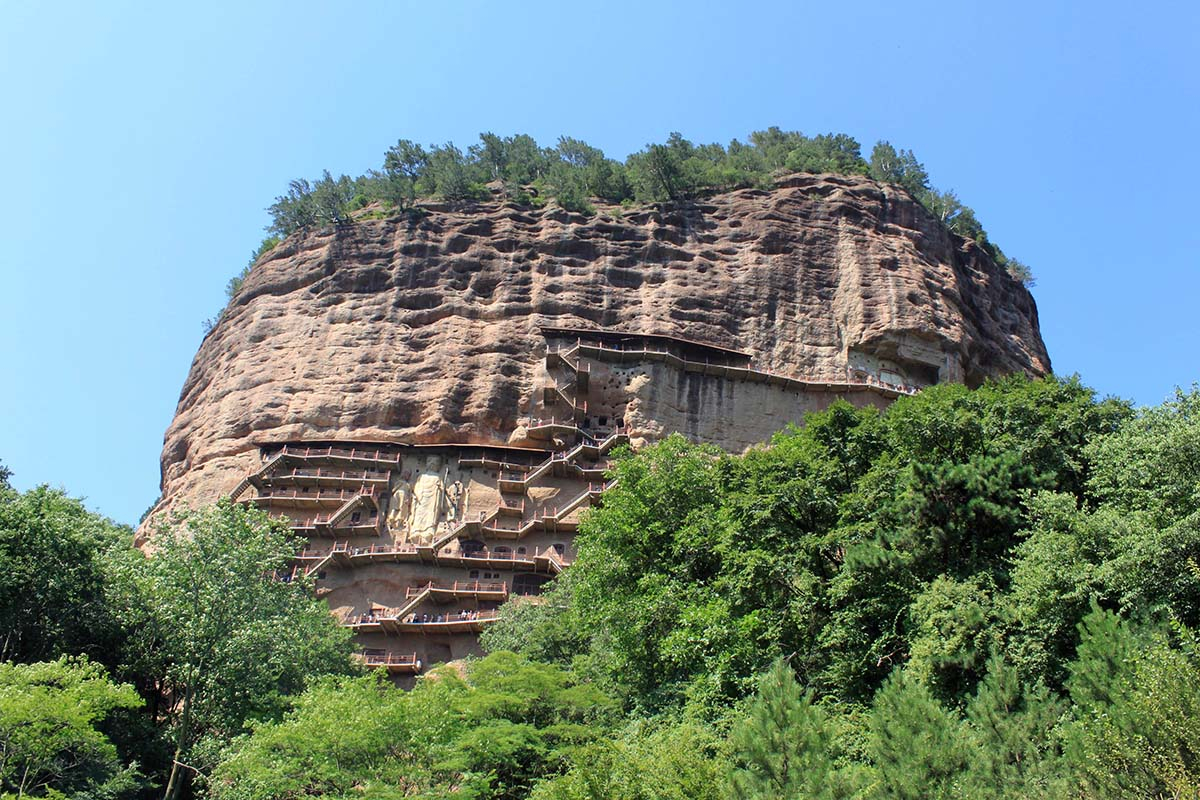
Maiji Mountain Grottoes
Maiji Mountain has a rich variety of biological types and species, known as the "crown of the Longshang forest springs" with profound tourism value, is a dazzling artistic pearl and the most potential tourist resort on the golden tourist route of the ancient Silk Road.
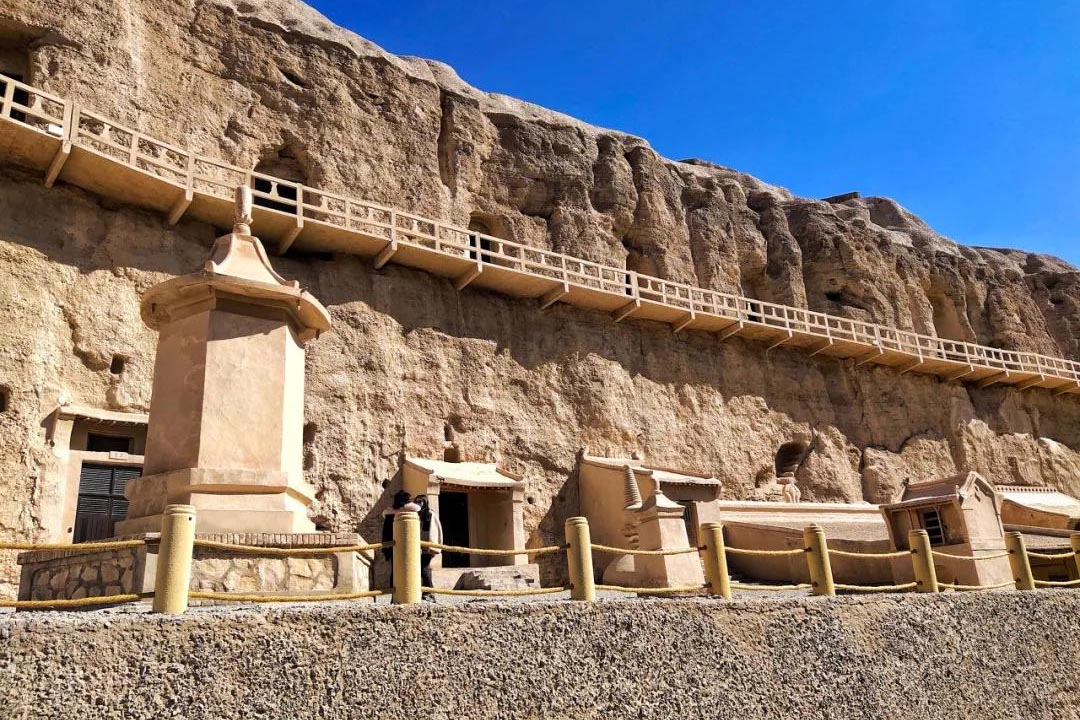
Yulin Grottoes
From the cave form and the related inscription inference, Yulin Grottoes should have been created in the Northern Wei Dynastybefore Sui and Tang Dynasties. From the style of the fres co and the inscription of visitors, it can be seen that there were excavations, paintings and sculptures in various dynasties after that and large-scale construction was carried out.
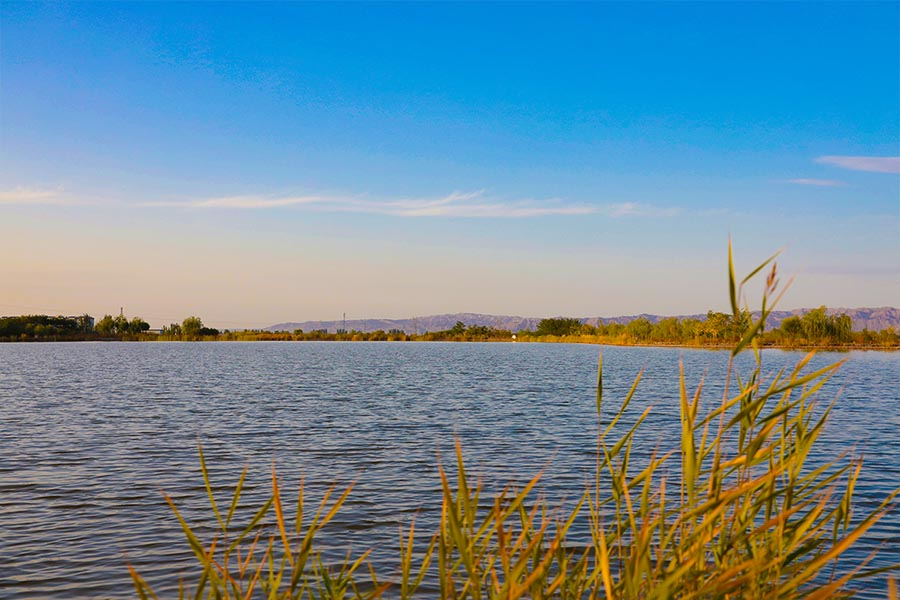
Zhangye Wetland Park
Zhangye National Wetland Park is a wetland park of desert oasis ecosystem type which mainly protects the meadow in the diving zone of Heihe River Basin, the inland salt marsh wetland vegetation and a variety of wetland ecosystems.
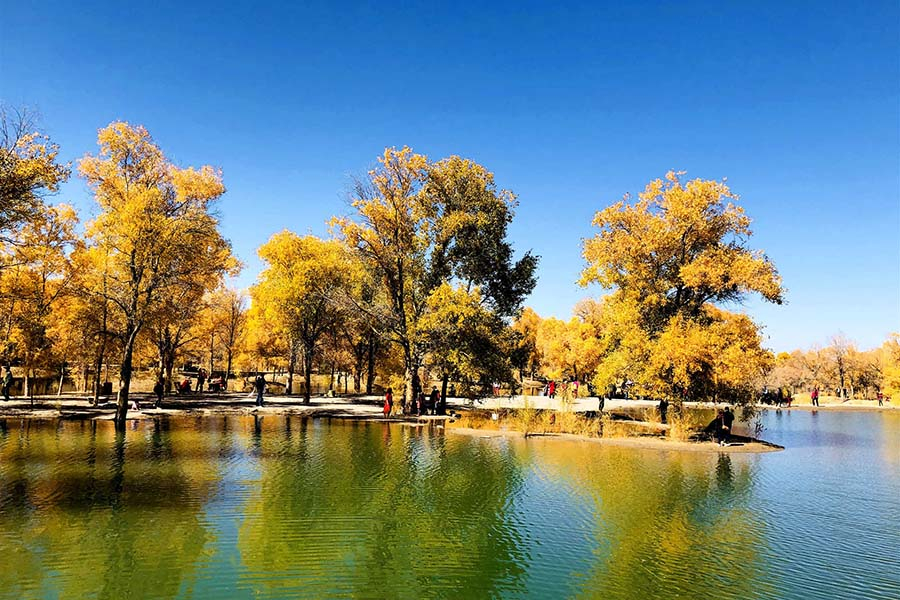
Jinta Desert Populus Euphratica Forest
The surrounding area is widely covered with Northwestern endemic tree species such as date palm trees, poplars and red willows. The Populus euphratica forests densely grow largely and well, ranking first in the Gansu province. In October at fall, the yellow leaves of the trees under the blue sky are so bright in the desert.
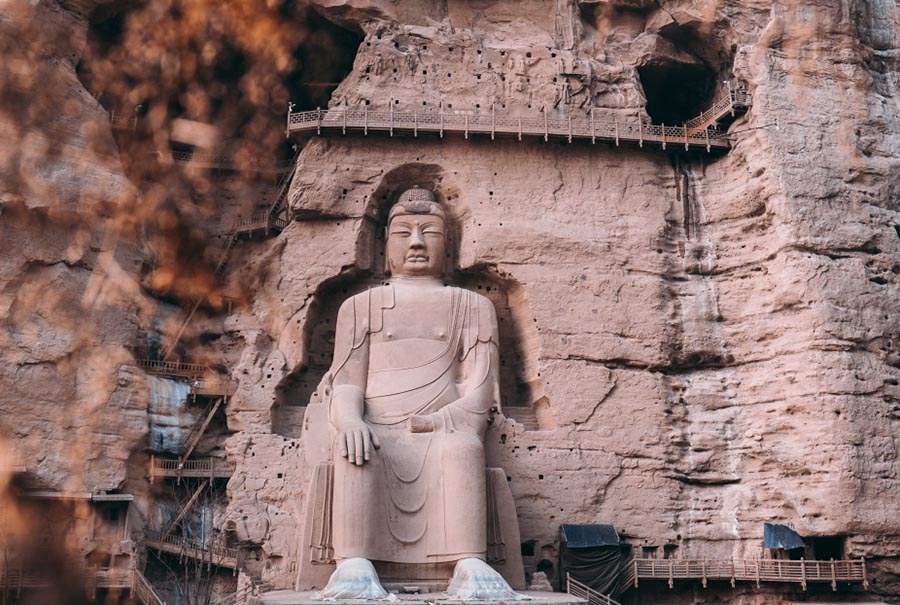
Bingling Grottoes
Bingling Grottoes is one of China's big ancient Buddhist temple complexes, with an array of statuary and frescoes carved into natural caves and caverns in a canyon along the Yellow River, the statues date from various dynastic eras and show the differing cultures, clothing and physical features of the worshipped gods.
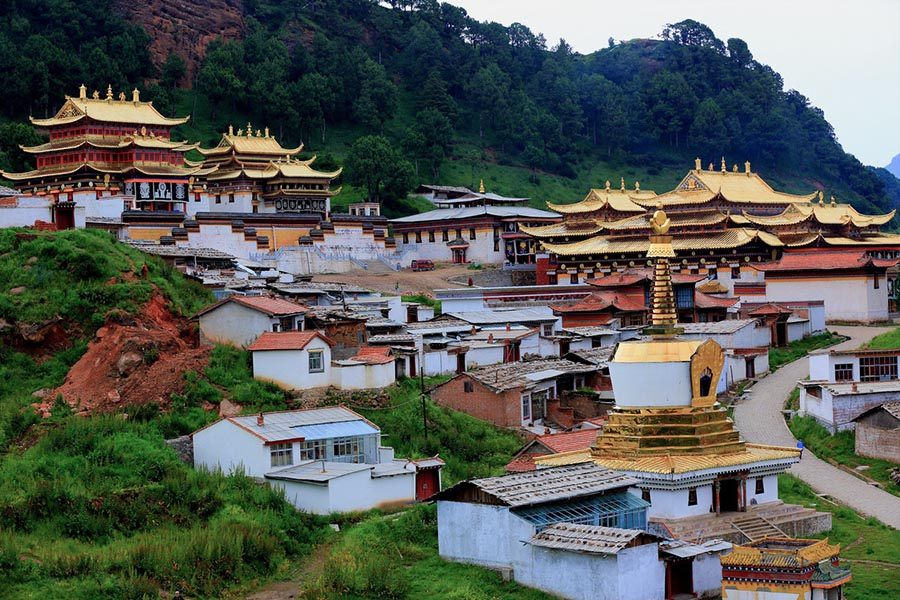
Langmu Si Town
Langmu town is also a paradise for hiking. The grand canyon behind Kirti temple in sichuan is 30km long, and the highest mountain in the valley is Huagai mountain . From the top of the hill, the two monasteries of Langmu Si Town, surrounded by rolling mountains, are seen in the distance by the open and flat grassland.
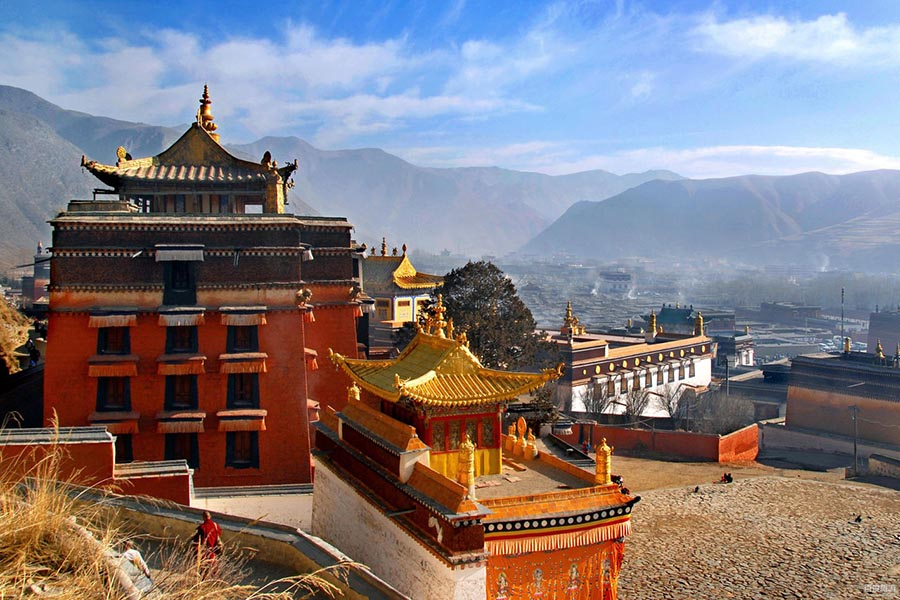
Labrang Monastery
It has a Buddhist museum with a large collection of Buddha statues, sutras and murals. In addition, a large amount of Tibetan language books, including books on history is available for purchase, together with medicines, calendars, music and art objects.
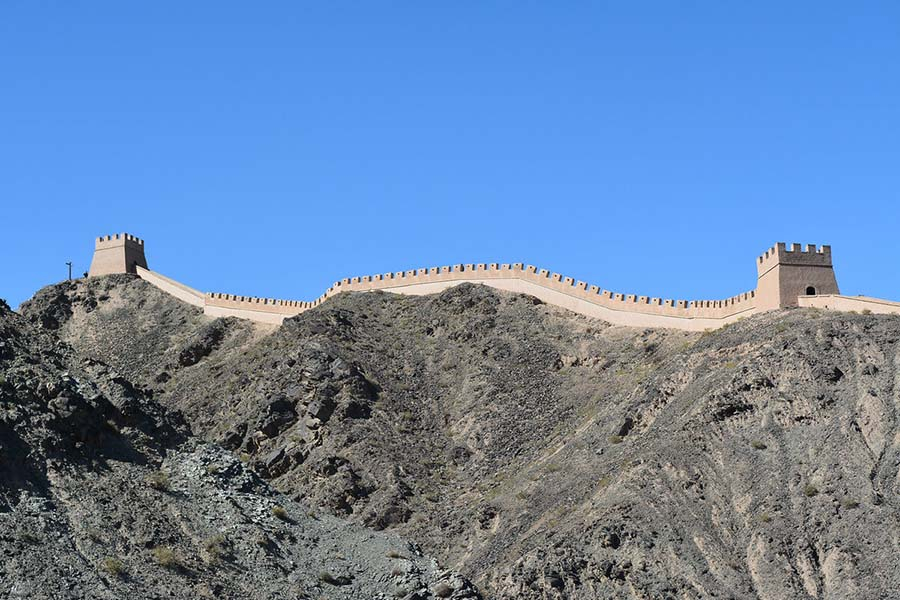
Overhanging Great Wall
The Overhanging Great Wall Military Defense System Area comprises the Hanging Great Wall on the steep ridge, the Water Gate in the valley, and the Ancient Weaponry Exhibition.Due to its imposing appearance similar to a dragon, Xuanbi is often compared to the Badaling section in Beijing.